
views
Using an Antilog Table
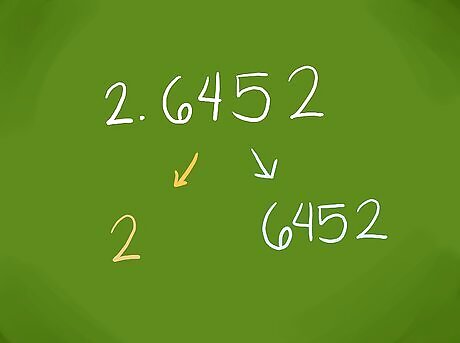
Separate the characteristic and the mantissa. Consider the number under observation. The characteristic is the part that comes before the decimal point; the mantissa is the part that comes after the decimal point. Antilog tables are arranged with respect to these parameters, so you need to separate them. As an example, say you need to find the antilog for 2.6452. The characteristic is 2, and the mantissa is 6452.
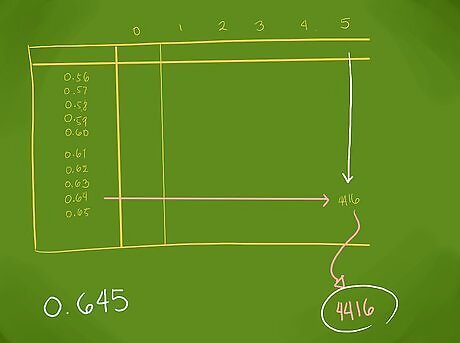
Use the antilog table to find a corresponding value for your mantissa. Antilog tables are easily available; you may have one in the back of your mathematics textbook. Open the table and look for the row number consisting of the first two digits of the mantissa. Then find the column number equal to the third digit of the mantissa. In the example above, you would open the antilog table and find the row number beginning with .64, then the column for 5. In this case, you would find that the corresponding value is 4416.
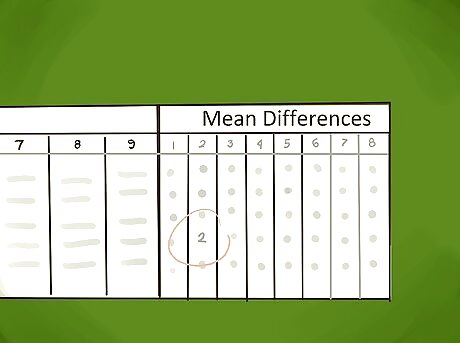
Find the value from the mean difference columns. The antilog table also includes a set of columns known as “mean difference columns.” Look at the same row as before (the row corresponding to the first two digits of your mantissa), but this time, find the column number equal to the fourth digit of the mantissa. In the example above, you would again use the row number beginning with .64, but find the column for 2. In this case, your value is 2.
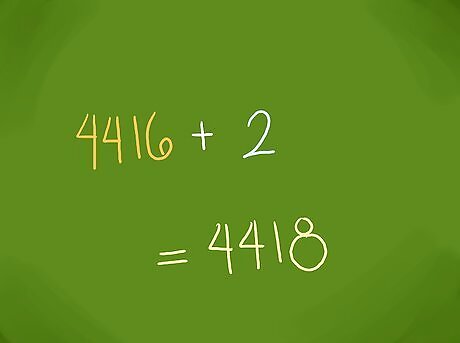
Add the values obtained in the previous steps. Once you have these values, the next step is to add them together. In the example above, you would add 4416 and 2 to get 4418.
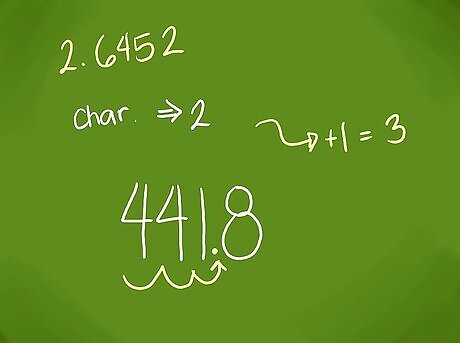
Insert the decimal point. The decimal point always goes in a specific designated place: after the number of digits that corresponds to the characteristic plus 1. In the example above, the characteristic is 2. You would therefore add 2 and 1 to get 3, then insert the decimal point after 3 digits. The antilog of 2.6452 is therefore 441.8.
Calculating the Antilog
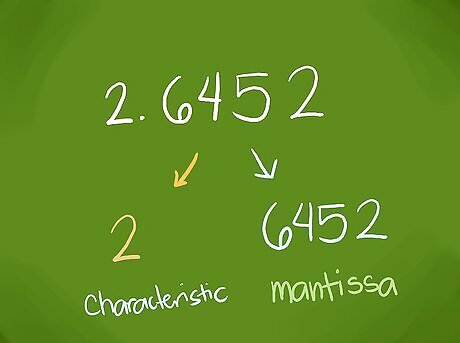
Consider your number and its parts. For whatever number you are observing, the characteristic is the part that comes before the decimal point; the mantissa is the part that comes after the decimal point. As an example, say you need to find the antilog for 2.6452. The characteristic is 2, and the mantissa is 6452.

Know the base. The mathematical log operator has a parameter known as the base. For numerical computations, the base is always 10. Know, therefore, that when you use this method for calculating an antilog, you will always use a base of 10.
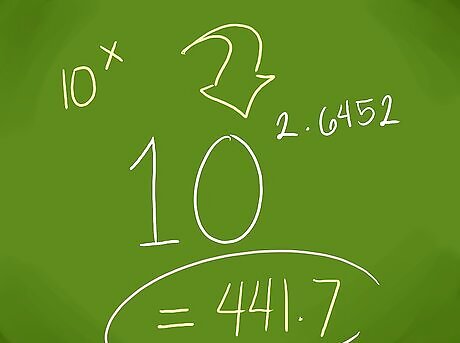
Calculate the 10. By definition, the antilog of any given number x is the base. Recall that the base for your antilog is always 10; x is the number with which you are working. If the mantissa of the number is 0 (in other words, if the number under observation is a whole number, with no decimal point), the computation is easy: simply multiply 10 times 10 that number of times. If the number is not an even whole, use a computer or calculate to compute 10. In the example above, we do not have a whole number. The antilog is 10^2.6452, which, using a calculator, comes to 441.7.
















Comments
0 comment